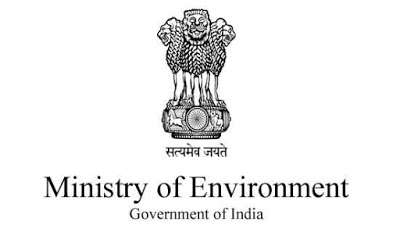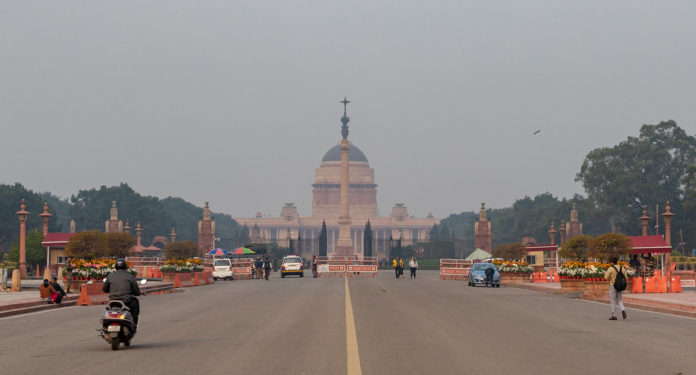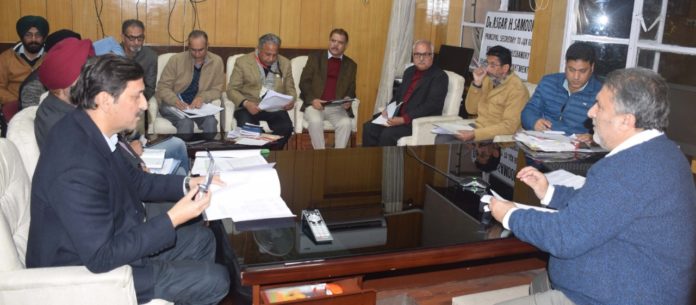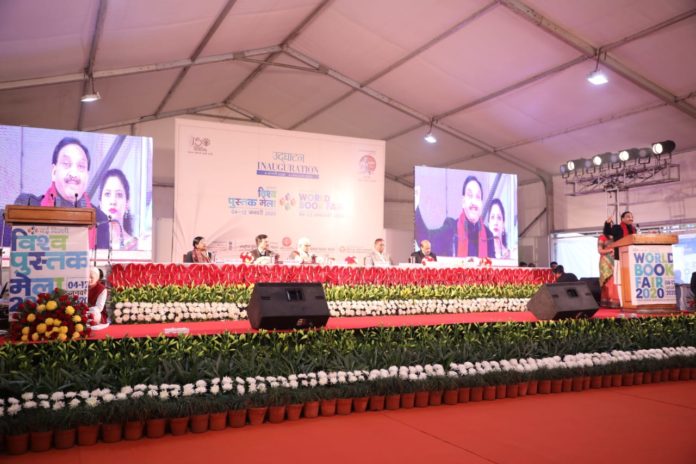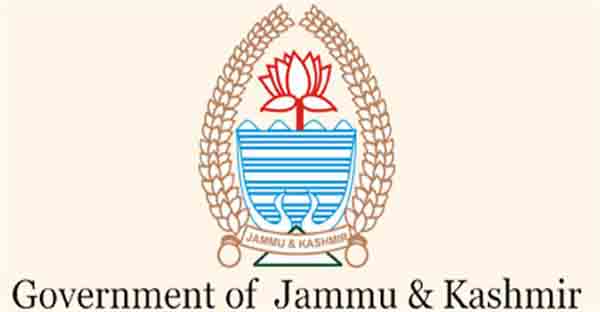New Delhi (NVI): The Environment Ministry has constituted an expert committee to finalise a Standard Operation Procedure (SOP) to deal with issues related to death of elephants caused by anthrax and herpes virus.
Anthrax is one of the most fatal diseases impacting elephants. It is a bacterium that causes high fever, shivering, ulcers, and swellings. This disease may be spread through contaminated water or soil. The average lifespan of elephants is about 65 years of age or more.
The committee has been constituted to deal with anthrax and EEHV (Elephant endotheliotropic herpes virus) cases pertaining to elephants.
The ministry has also consulted veterinary experts and National Tiger Conservation Authority (NTCA) on the committee report for finalizing the SOP.
The main objective behind the preparation of SOP by the expert committee is to ensure that carcasses of elephants suspected/diagnosed with anthrax are disposed off in a scientific as well as transparent manner to prevent any spread of anthrax to other wildlife populations.
The SOP shall be useful to the field staff of the Forest Department in elephant range Forest Divisions and other areas where elephants are likely to be affected by anthrax/suspected anthrax.
A document released by the Ministry of Environment, Forests and Climate Change (MoEFCC) in this regard, has also suggested authorities who will be held responsible for implementation of SOP, and line of action required in dealing with cases of suspected anthrax in elephants.
Other contents of the detailed document include: Mapping spatial distribution of anthrax zones, continuous monitoring, videography of elephant necropsy and test of confirmation of the disease.
Anthrax and herpes cases in elephants have been reported across the world as well as in the country. The breakout of these deadly diseases poses threat to the bio diversity as well as human beings.
In October last year, the Forest department in Odisha struggled to get a hold of outbreak of herpes virus among captive elephants in the state. The hemorrhagic infection was reported to have spread to other parts of the state. Elephant Endotheliotripic Herpes Virus (EEHV), as it is known, has been in the past, reported in Kerala, Maharashtra and Assam.
In October 2019, the Botswana government said that more than 100 elephants died in a span of two months because of a suspected anthrax outbreak, reported news agency Reuters. The landlocked country in Southern Africa is home to almost a third of Africa’s elephants, around 130,000.


